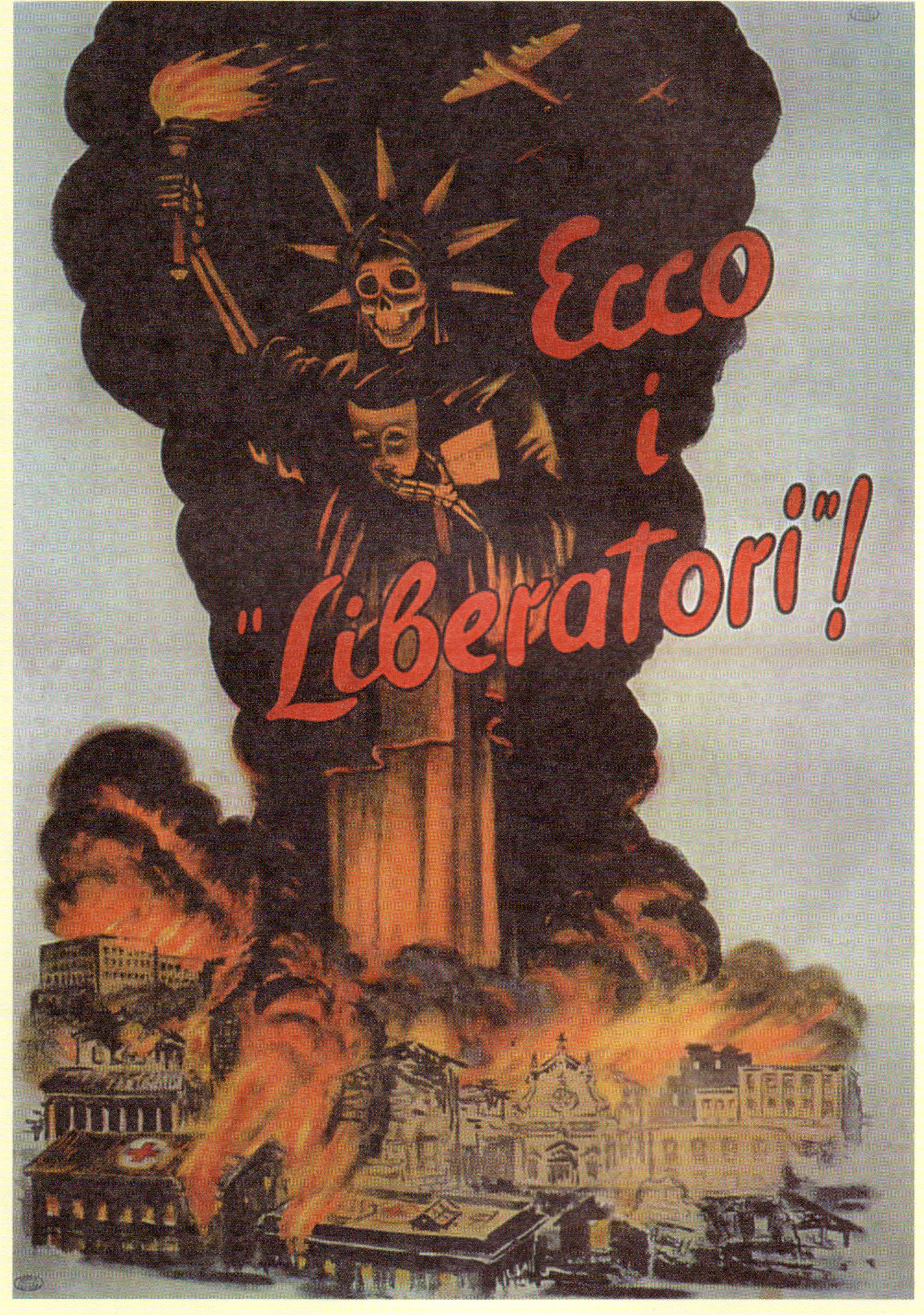 The animation was created by the Imperial War Museum to mark the re-opening of the American Air Museum. It shows the progress of the Allied strategic bombing campaign against the Germans from 1939 to 1945. The map is designed to highlight way the Royal Air Force and the United States Army Air Forces worked together. Bombing was essential to win the war for the Allies but has been criticised for killing thousands of civilians.
The animation was created by the Imperial War Museum to mark the re-opening of the American Air Museum. It shows the progress of the Allied strategic bombing campaign against the Germans from 1939 to 1945. The map is designed to highlight way the Royal Air Force and the United States Army Air Forces worked together. Bombing was essential to win the war for the Allies but has been criticised for killing thousands of civilians.
HUGO GYE per MAILONLINE del 15 marzo 2016 ![]()
The progress of the Allied bombing campaign which helped to win the Second World War has been graphically illustrated in an extraordinary animation. The map pinpoints the exact location of every bombing raid by either the Royal Air Force or the United States Army Air Forces from the start of the conflict in 1939 until its end six years later. It vividly demonstrates the importance of the 1.6million tonnes of explosive deployed against the Nazis and their allies – and the way Britain and America collaborated in the war.
[youtube]https://www.youtube.com/watch?v=Vwf792GKqQ0[/youtube]
The animation was created by researchers from the Imperial War Museum in order to mark the re-opening of the American Air Museum in Duxford, Cambridgeshire. It is the first time the full extent of the Allies’ strategic bombing campaign against Hitler has been documented in this graphic format.
The video shows how in the early years of the war bombing raids were deployed relatively seldom, becoming more important as the conflict went on. The US joined the war in December 1941, and from then on the RAF and the USAAF worked together to defeat the Axis threat in Europe.

The IWM graphic depicts RAF raids in blue and USAAF ones in red, demonstrating how the burden which was initially shouldered by Britain became increasingly shared by both air forces.
More than 80 per cent of bombing raids took place in the final 18 months of the war as the Allies advanced against Germany, recapturing France and then moving eastwards towards Hitler’s capital of Berlin. A sudden flurry of bombs can be seen in the map in June 1944 – marking D-Day, when the air forces worked to support ground troops who landed on the beaches of Normandy in the action which decisively turned the tide of the war. The bombing campaign is often credited with winning the Second World War for the Allies – but the tactics were also controversial because they led to hundreds of thousands of civilian deaths, with British commander ‘Bomber’ Harris eschewing precision targeting in favour of area bombing.
The animation project was spearheaded by researcher Emily Charles, who pored over RAF and USAAF records to chronicle every single Second World War raid.
She told MailOnline that existing books which describe the raids often fail to give their exact targets, so she had to go back to the original documents to rediscover details of the missions.
Describing how the bombing raids ended up affecting most of Western Europe, she added: ‘You look at the map and there’s not much that’s not covered in colour.’
The animation chronicles how the bombing started in France, spreading east towards the Netherlands and Germany before pausing in 1944 as the Allies prepared for D-Day, and then returning with a vengeance and sweeping in to Hitler’s heartland.
An interactive version of the video as well as other animations will be available to visitors at the American Air Museum once it reopens on Saturday.
The museum, part of IWM Duxford, tells the story of collaboration between Britain and the US from 1918 until the present day. Among its other displays are aircraft used in the Gulf War and in the recent conflicts in Iraq and Afghanistan, as well as older planes from the Second World War. Around 30,000 US airmen were killed while serving in Europe during the war against Hitler.
Diane Lees, director-general of IWM, said: ‘The transformed American Air Museum will tell the story of the relationship between Britain and America in very human terms. ‘Personal stories come to the fore, vividly demonstrating the consequences of war in the 20th and 21st centuries.’ Find out more about the American Air Museum at www.americanairmuseum.com – you can also contribute your own stories to be added to the website.



[…] Ecco l’animazione con tutti i bombardamenti alleati contro Hitler, […]